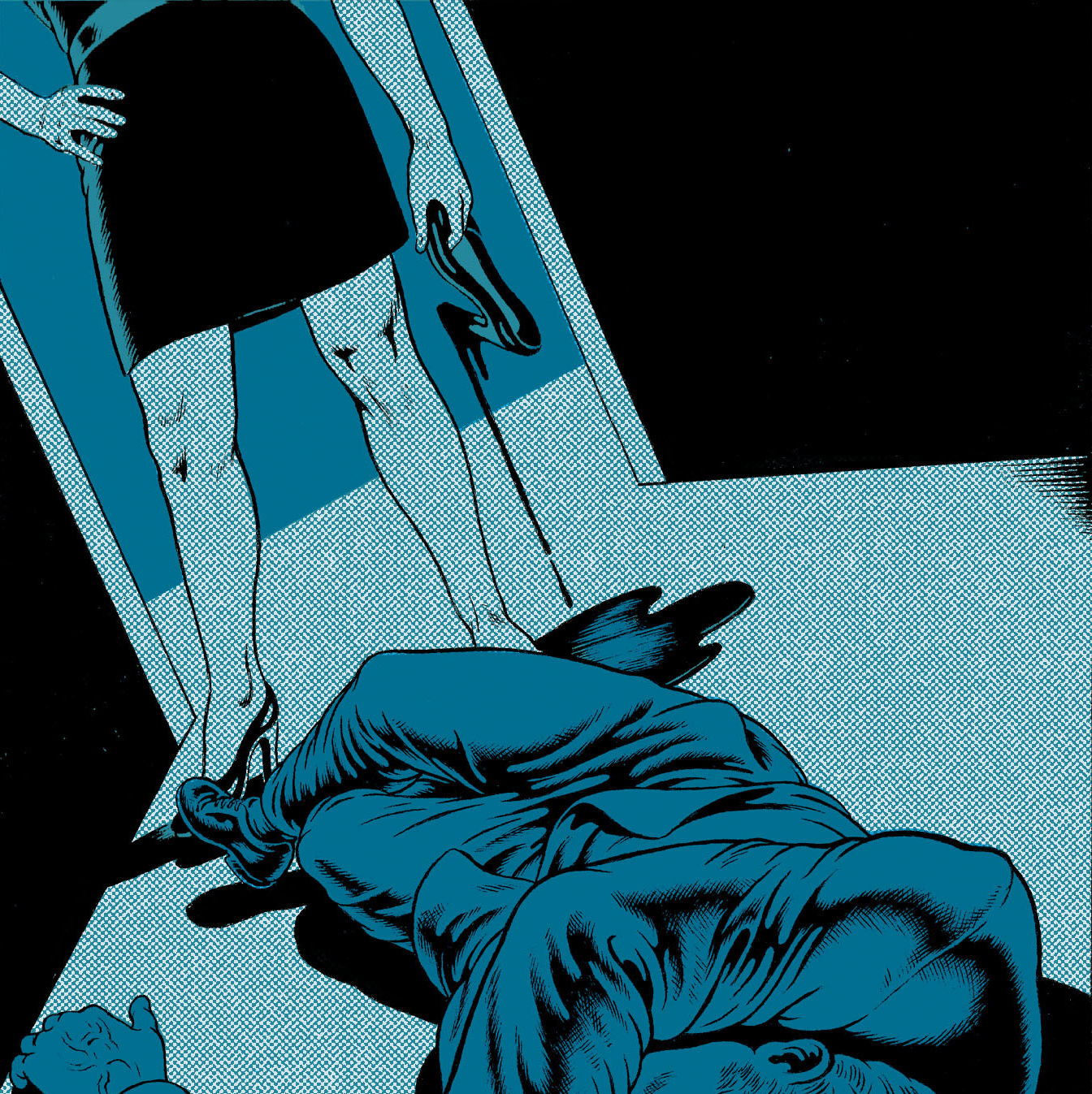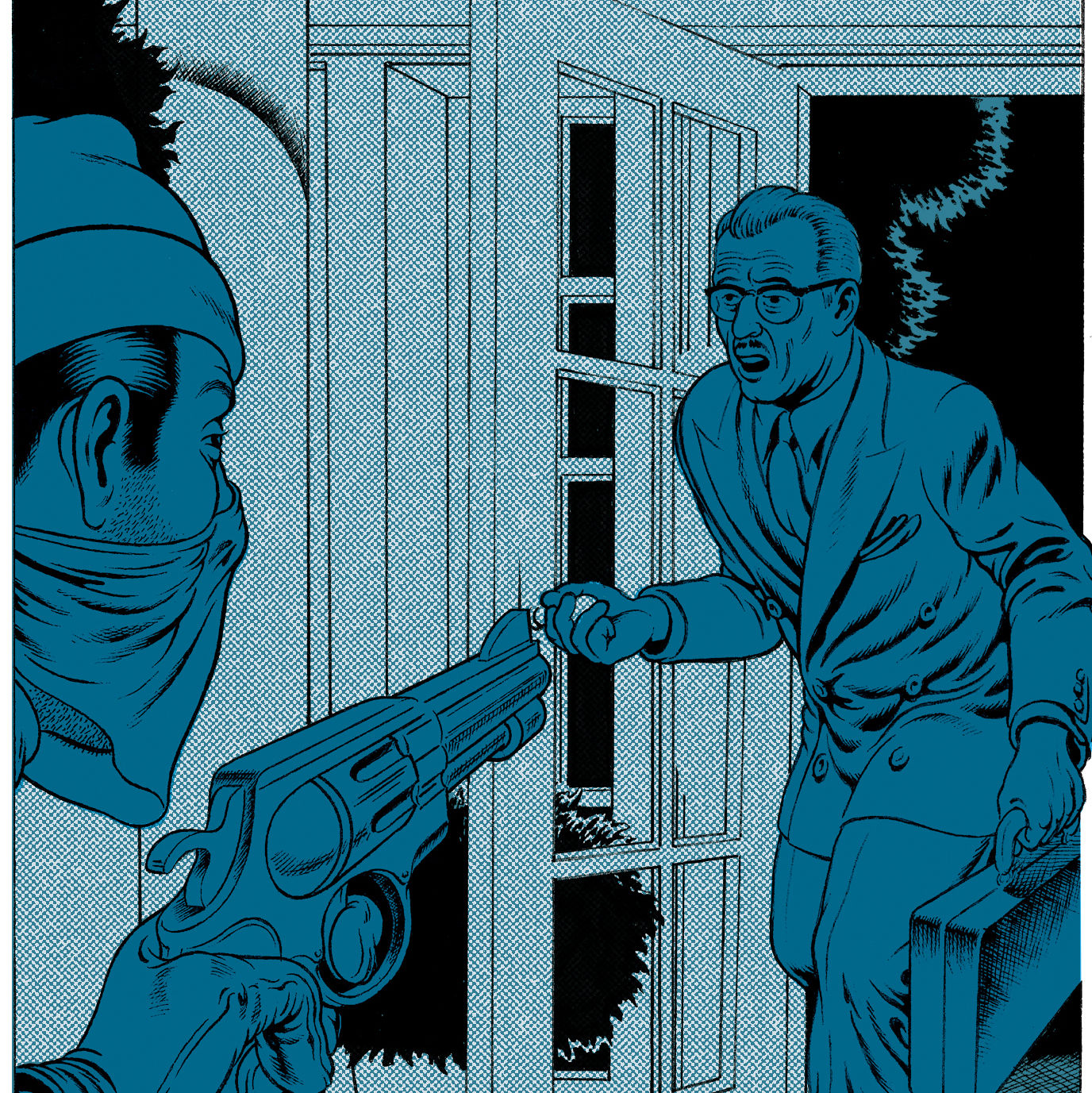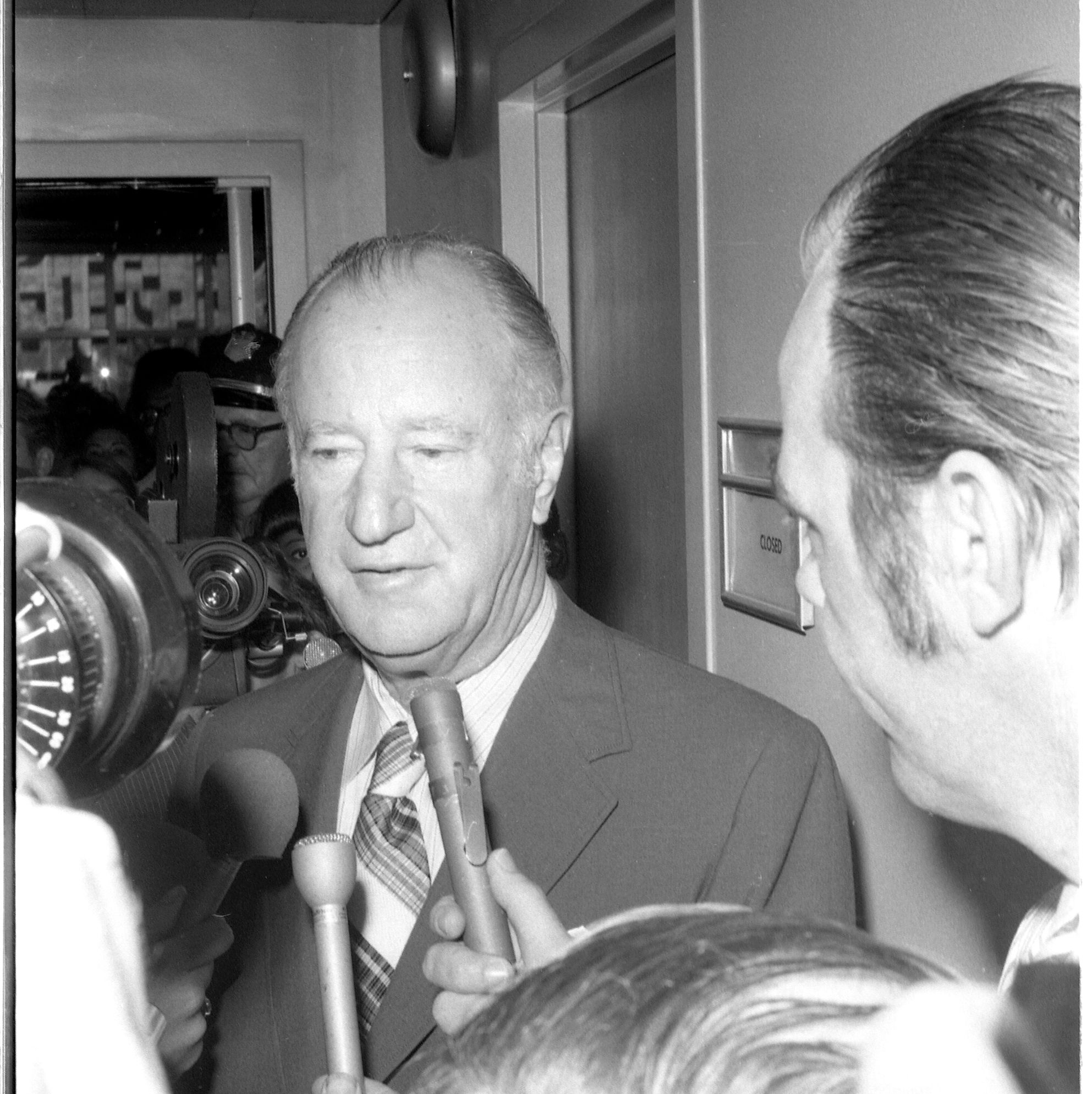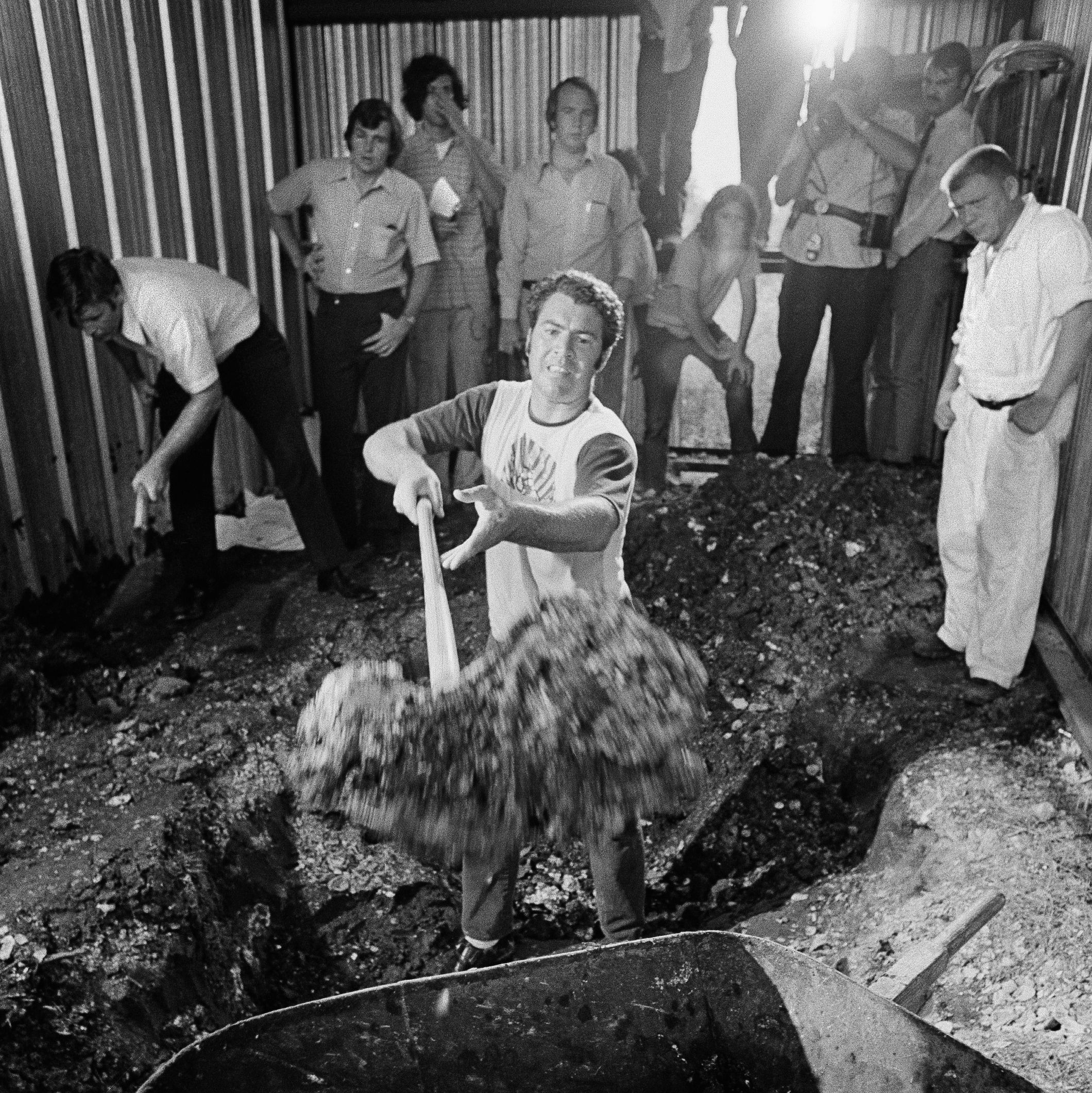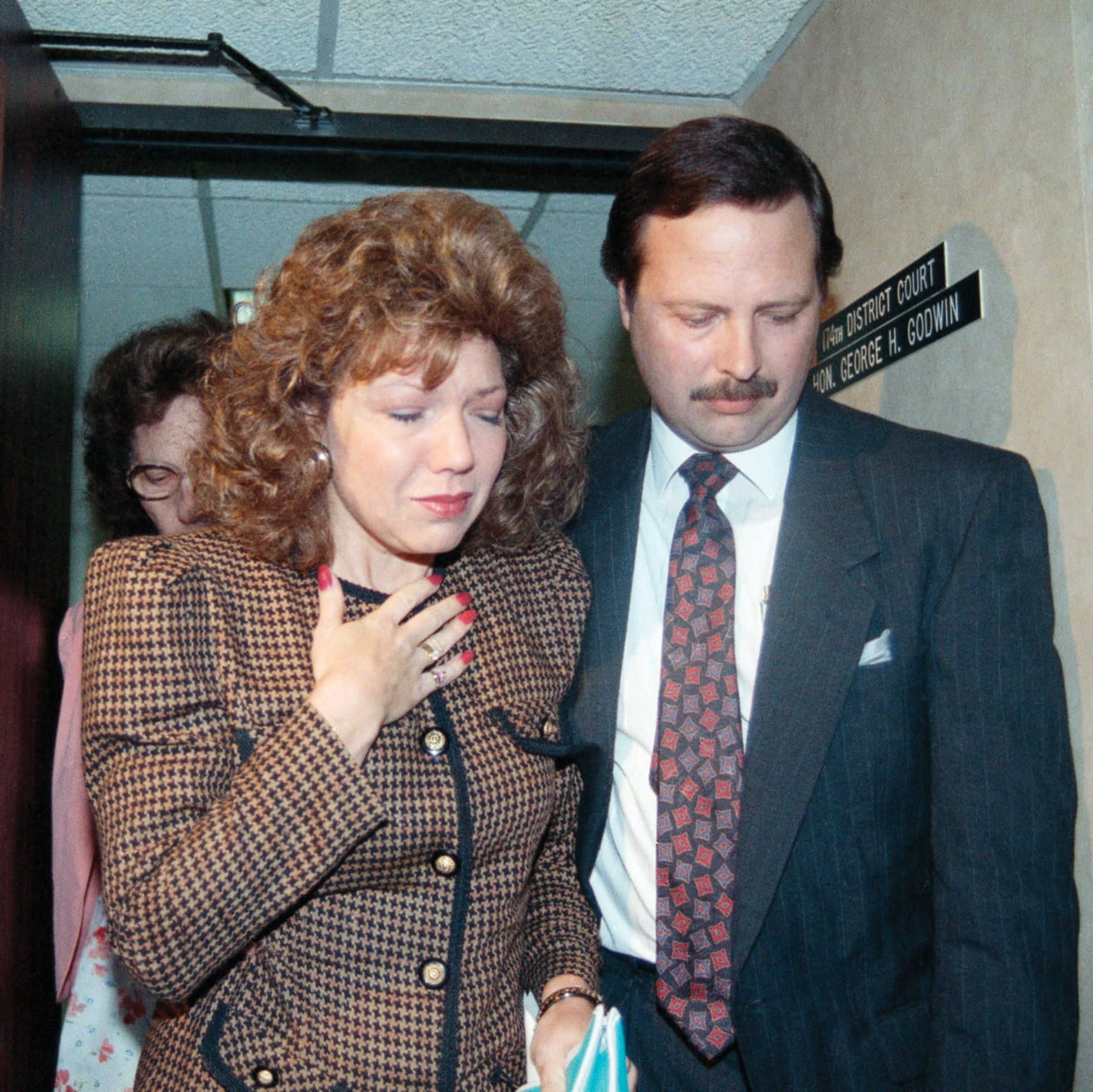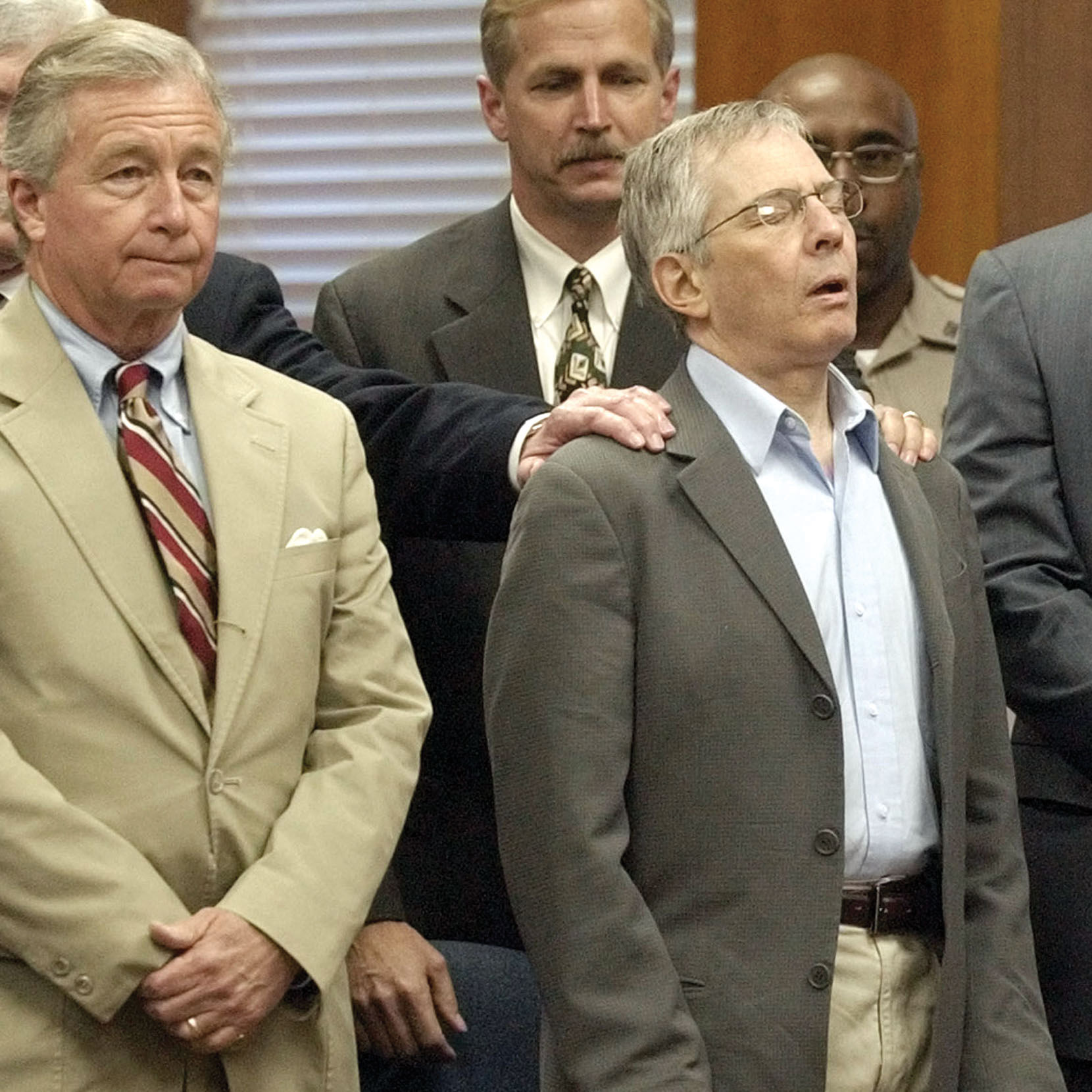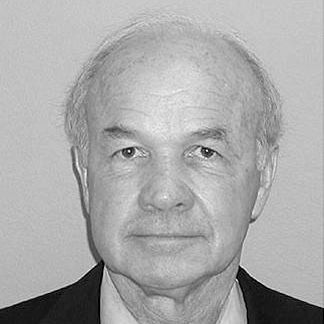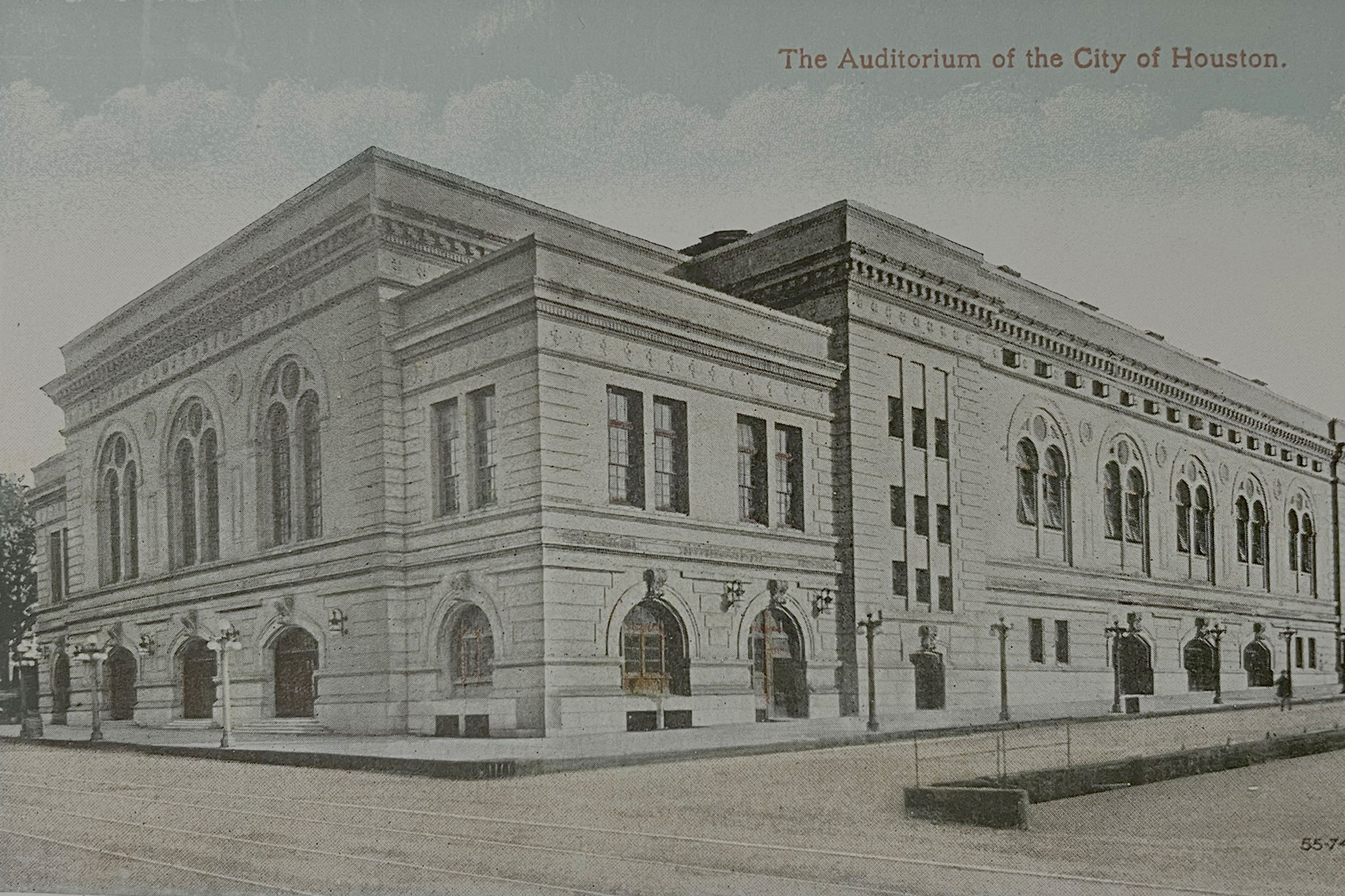The Strange Case of the William Marsh Rice Murder
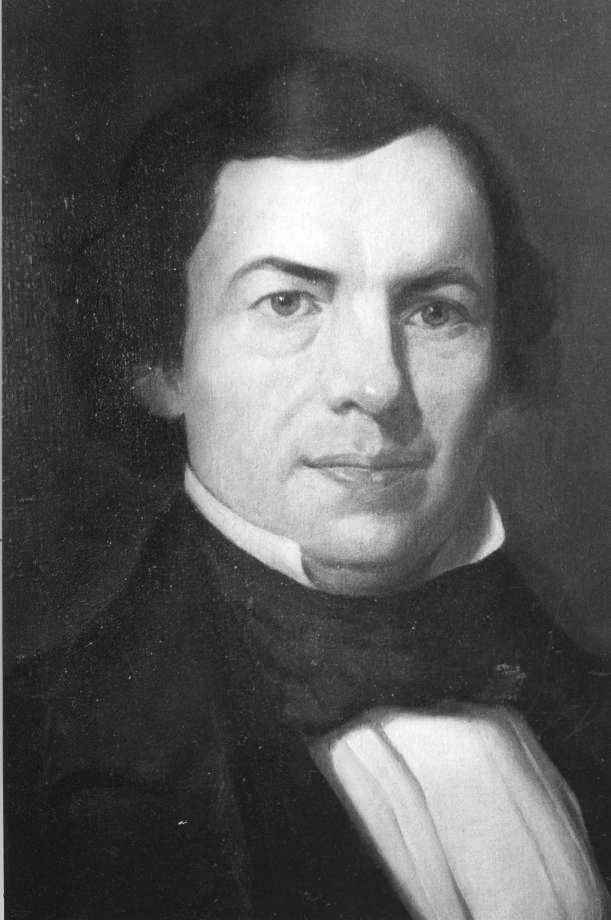
William Marsh Rice, who made his fortune in Houston, and was murdered for that money.
Image: Fair Use
William Marsh Rice moved to Houston from Massachusetts in 1838, not long after the Allen Brothers pulled up, and for the same reason: to make his fortune. He succeeded wildly, winding up with holdings in insurance and lumber and railroads and more.
At the end of his life, Rice did something extraordinary with all that dough, too: Through an endowment of more than $4.6 million, he established the William Marsh Rice Institute for the Advancement of Letters, Science, and Art, which opened in 1912, a dozen years after Rice was, most notoriously, murdered, in a case that had everything:
A fake will!
In cahoots with Charles Jones, the magnate’s longtime valet, Albert Patrick, an attorney in New York—where Rice lived the last years of his life—drafted the forged document in an attempt to divert the octogenarian’s fortune from the proposed institute to himself.
Mercury poisoning!
The nefarious pair tried to use mercury pills to kill Rice and move things along, but succeeded only in weakening the tough old man.
A hurricane!
Specifically, the Great Storm of 1900, which destroyed a good deal of Rice’s property back in Texas, where he was set to send a large sum of money for repairs before something stopped him.
Death by chloroform!
Jones, who’d had the stuff sourced from Galveston in an attempt to cover his tracks, used it to snuff out his employer’s life before his bank account was depleted. The two rogues then tried to have Rice cremated, but not before suspicions were raised.
Check forgery!
Yes, right after Rice died, Patrick tried to cash a check made out to himself for $25,000, raising eyebrows at the bank.
A smart lawyer!
James Baker, Rice’s attorney and a trustee of his future institute, immediately smelled a rat and set out from Houston to New York to defend the estate. Jones eventually made a full confession in exchange for immunity, and Patrick received the death penalty.
Lingering questions!
Did everything really happen as Jones said? Probably. But Patrick’s sentence was later commuted, and in 1912 he received a pardon and moved to Oklahoma. As for Jones, he committed suicide in Baytown in 1954.
A happy-as-possible-considering-the-circumstances ending!
We refer, of course, to the existence of the wonderful gem that is Rice University, today a source of pride for all Houstonians.
Research from William Marsh Rice and His Institute: Centennial Edition
